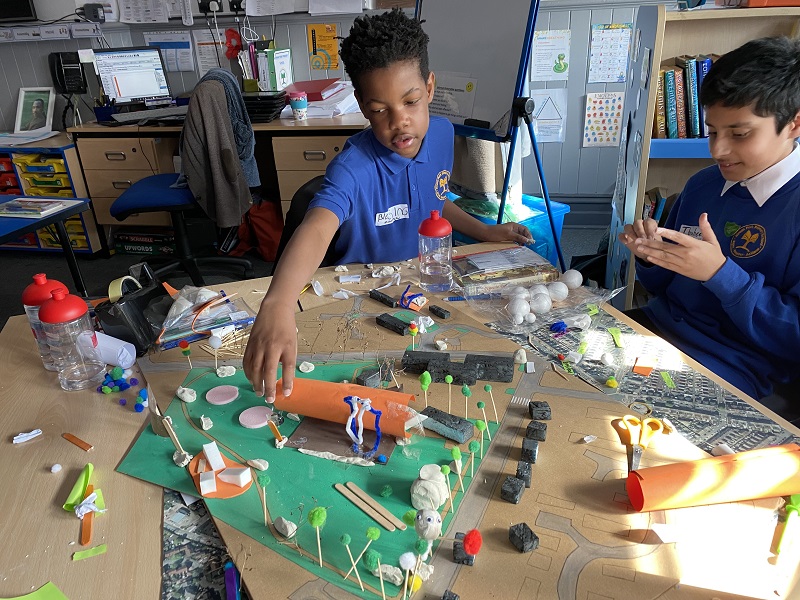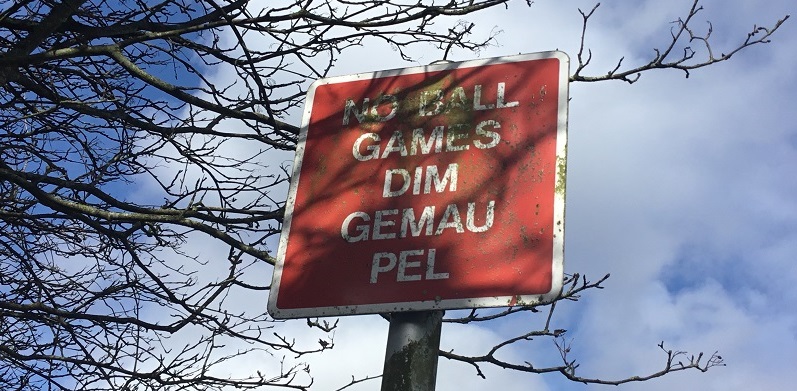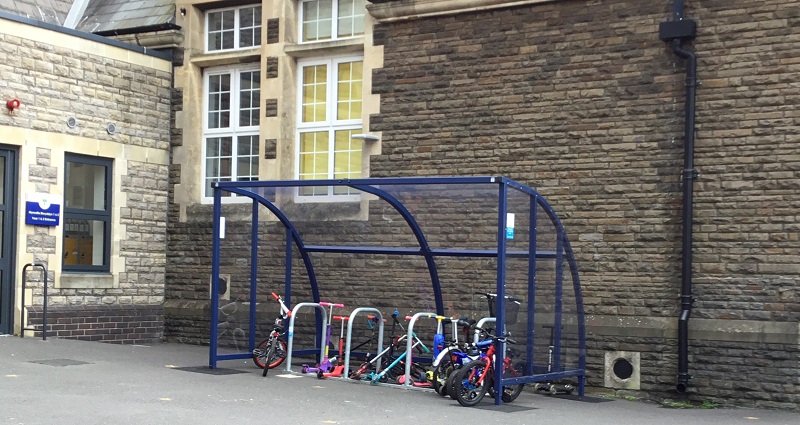This blog by Matluba Khan, Tom Smith and Neil Harris – School of Geography and Planning, Cardiff University, Wales, United Kingdom, introduces a project showing how children and young people were able to use creative methods to produce a plan for their neighbourhood. It's part of the RTPI's Planning Research Matters series showcasing exceptional research from RTPI accredited planning schools.
What does it take to make a child-friendly city? And what would a plan look like if children and young people could write their own plan for their neighbourhood?
We are a team of academics and researchers that have been helping children and young people in the inner urban neighbourhood of Grangetown in Cardiff, in the United Kingdom, to do just that – to write a plan for the future of their neighbourhood.
We have learned a lot from working with the children and young people of Grangetown. We want to share some of these lessons. We also want to explain why we think it is so important for the voices of children and young people to be heard in the plan-making activities and decisions that affect them.

The children of Ninian Park Primary School in Cardiff engaged in a series of workshops (Credit project team)
Children, young people and planning – a right to participate and be heard
We start with the United Nations Convention on the Rights of the Child – children and young people have important rights, including the right to express their views freely and to be heard in any administrative proceedings that affect them. Planning is an activity that impacts on everyone living in communities and so children’s rights mean that planners need to provide opportunities for children to express their views on the future of their communities.
How effective are our planning systems at engaging children and young people in making plans? How well do planners support the involvement of children and young people in decisions on proposals for new development?
Anyone who has been involved in planning in England and Wales will know that planning processes can quickly become technical, complex, lengthy and adversarial. These processes are difficult to engage in for many people – and especially for children and young people.
Making a Child-Friendly City
Planners who want to deliver better places need to ensure everyone’s voice is heard in the planning system – including the roughly 20 percent of the population in England and Wales aged under 18 years. The Child-Friendly Cities initiative, led by UNICEF, is key in supporting city-level governments to make their cities and communities more child-friendly.
Cardiff is one city that has set out its ambition is to be recognised as a Child Friendly City, expressed as ‘a city with children and young people at its heart, where the rights of children and young people are respected by all, a great place to grow up’.
‘A Grangetown to Grow Up In’ – a plan by Children and Young People
This is where our project plays a part – we have supported the children and young people of Grangetown in Cardiff to make their own plan. They have engaged in workshops, photographed their best and least favourite places, made maps, built models, imagined their community in the future, established priorities, and then put all of this into a plan.
We have been impressed with how enthusiastically the children and young people were about exploring and shaping places. We enjoyed their enthusiasm for making places better – both for themselves but also for the wider community. We admired their creativity.

The children did a photo-walk of their local area identifying restrictions on what they wanted to do in green spaces.
The photo was taking at Osbourne Square, City Gardens, Grangetown

Supporting active travel to school at Ninian Park Primary School.
Children noted how the quality of surfaces was important in whether they enjoyed scooting to school.
What can planners do to better engage children and young people in plan-making and planning decisions?
Planners could usefully reflect on whether the systems and processes they work within allow children and young people to exercise their rights.
Planners need to think about the language used in planning – we had to work hard to make our ideas plain and clear, using language that could speak to children and young people, and avoid technical terms that made little sense to people who are not planners. Planners need to spend time listening carefully to what matters to children and young people – and respect that their experience and views can be very different to other groups. Planners also need to make plan-making fun, creative and engaging for children and young people.
We believe that making planning more child-friendly can result in planning being more accessible and engaging for the wider community too – and deliver the places where we all want to live.
The Royal Town Planning Institute has a useful Practice Advice Note on Children and Town Planning with advice on how town planners can work within the current UK and Ireland planning systems to plan child-friendly places.



